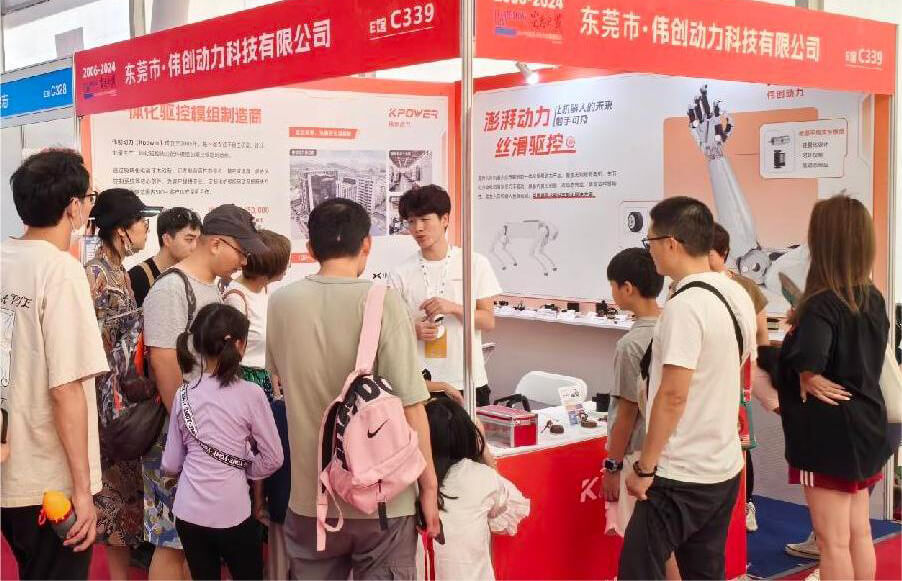Thinking about switching from a monolithic system to microservices? It’s like tearing down a giant old building and building a bunch of smaller, smarter ones that talk to each other. Sure, it sounds disruptive, but the payoff can be huge—more flexibility, scalability, and easier updates.

But the real question is: how do you get there? The migration pattern isn’t just a straight line. Sometimes, it’s a winding road with lots of stops and starts. One common approach involves breaking down the monolith gradually, piece by piece, rather than all at once. Imagine taking out a single room—like the user authentication module—and turning it into its own service. That lets you test the waters without risking everything. Over time, other modules follow, until the whole system shifts to microservices.
Why do so many teams chase this pattern? It’s because they’ve bumped into the limitations of monolithic systems—especially when growth hits a wall. One day, a small change becomes a giant headache. Deployment times drag out, bugs become harder to track down, scalability gets sluggish. Microservices break that cycle, offering room for individual modules to scale independently and evolve without bringing down the whole house.
But wait, it’s not just about splitting stuff apart. It’s about where to start, how to plan, and what tools really make a difference. Some companies start with the least risky components—say, the data processing part—because it’s a good way to get hands-on experience. Others prefer a ‘big bang’ approach, transitioning everything over a weekend. Neither way is perfect, so weighing your options is key.
From a practical standpoint, you’ll want to ask yourself: how are the APIs going to interact? What automation tools will keep everything consistent? How will you handle data integrity during the switch? The answers aren’t one-size-fits-all, but having a clear map makes the journey smoother.
Flexibility is a big win here. Moving to microservices isn’t just about tech—it’s about agility. Different teams can innovate at their own pace, choosing the best tools and languages for their tasks. Suddenly, deploying a new feature becomes less of a gamble and more of a routine.
If you’re still wondering whether this path makes sense, consider this: what’s the cost of staying stuck in the monolith? Sometimes, the best decision isn’t about avoiding change but managing it smartly. You get to enjoy a more resilient, scalable, and modern architecture—and isn’t that what keeps everything running smoothly in the long haul?
Established in 2005, Kpower has been dedicated to a professional compact motion unit manufacturer, headquartered in Dongguan, Guangdong Province, China. Leveraging innovations in modular drive technology, Kpower integrates high-performance motors, precision reducers, and multi-protocol control systems to provide efficient and customized smart drive system solutions. Kpower has delivered professional drive system solutions to over 500 enterprise clients globally with products covering various fields such as Smart Home Systems, Automatic Electronics, Robotics, Precision Agriculture, Drones, and Industrial Automation.




































